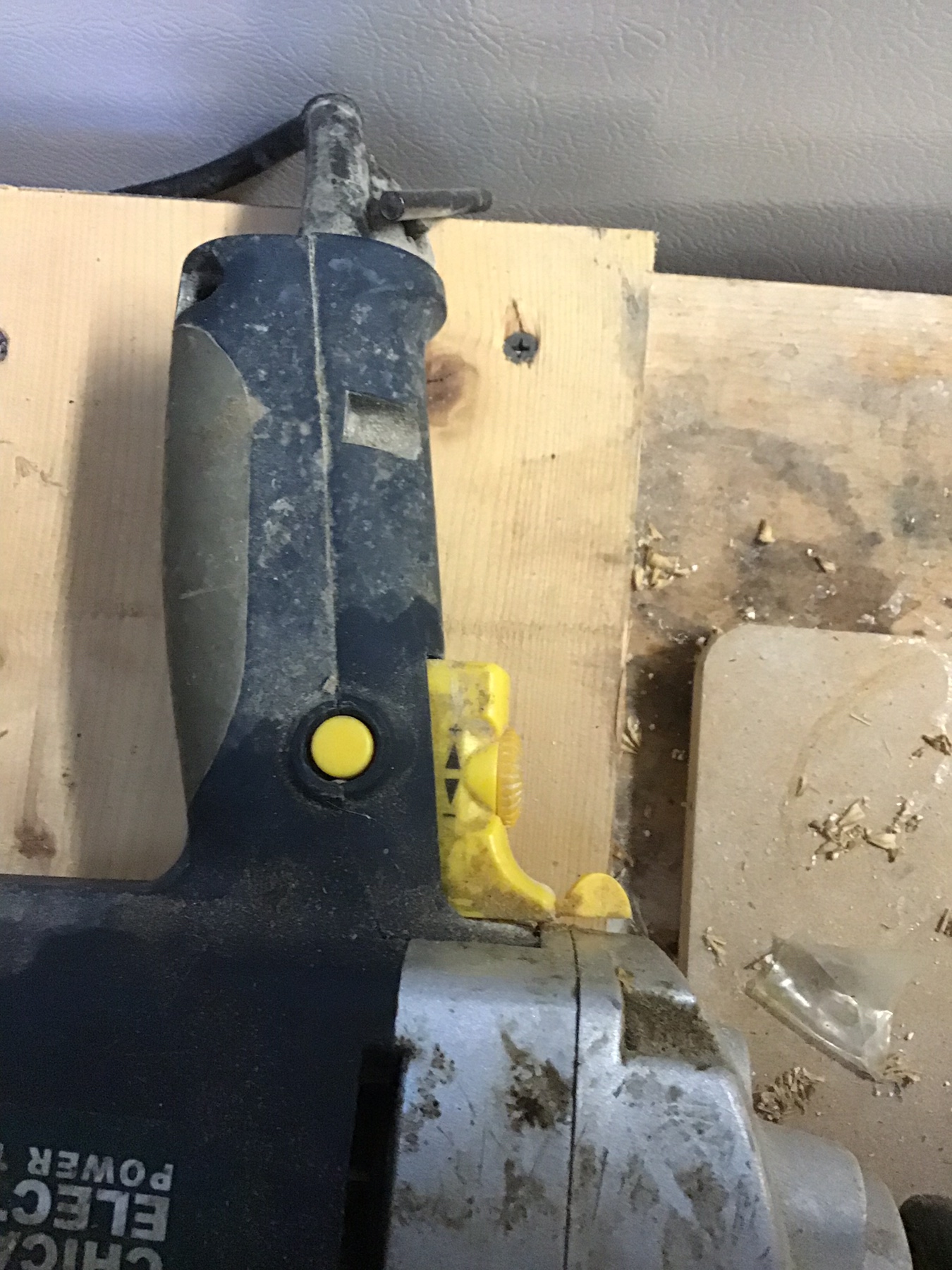My local HBS is closing so I decided on a 3 roller monster mill. It will be in my attached garage so it shouldn't be exposed to the elements.
My questions:
Is it worth paying more for the 1/2" drive shaft?
Is it worth upgrading to the better SS rollers?
Is it worth upgrading to the SS hopper?
My questions:
Is it worth paying more for the 1/2" drive shaft?
Is it worth upgrading to the better SS rollers?
Is it worth upgrading to the SS hopper?






